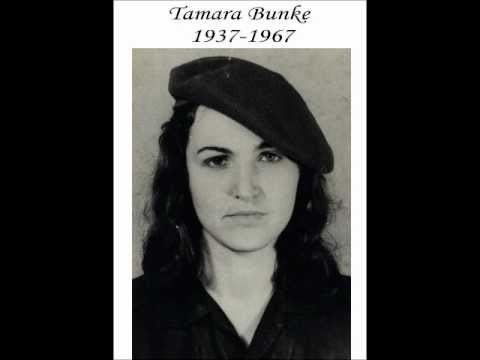Oddly, my initial recollection of a woman freedom fighter named "Tania" came upon me in my youth as a 10 year old boy forced to endure the national so-called "busing" program to racially integrate schools throughout the U.S. In 1974, I was bused to A.P. Giannini "Junior" High school in San Francisco, California, U.S., for the seventh grade. One day, on the bus headed to my neighborhood clear across town, we were held up for about two hours. We were prohibited by police from exiting the bus. We were forced to just sit there for the entire time. All that we were told was that the then Crocker Bank on the next block was being robbed. There was a large police barrier and police, literally, everywhere. Later, after I had arrived where I lived and I able to watch local television news with my parents, I learned that the bank robbery was carried out by armed people who the news were calling the Sybionese Liberation Army (SLA). Central to that organization with the strange sounding name was a woman identified as "Tania." This person was actually Patricia "Patty" Hearst, a member of the Hearst family e.g. the Hearst Castle, owners of the San Francisco Examiner newspaper, etc. Even at 10 years old, I knew that the Hearst family was one of the bourgeoisie elite families in the Bay Area. There is a famous picture of Hearst, armed with an AK-47, and wearing a tam. This was a picture taken during that robbery of that Crocker Bank in 1974 in San Francisco.
0 Comments
Leave a Reply. |
Archives
March 2023
Categories |


 RSS Feed
RSS Feed
